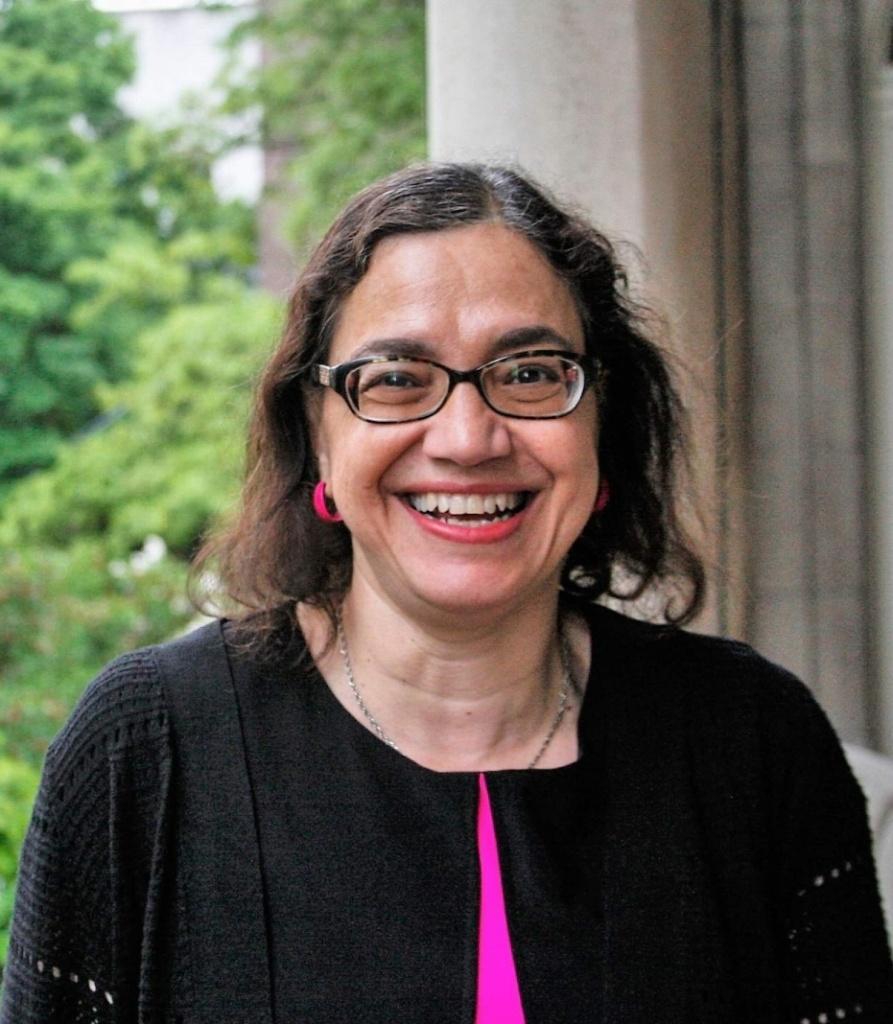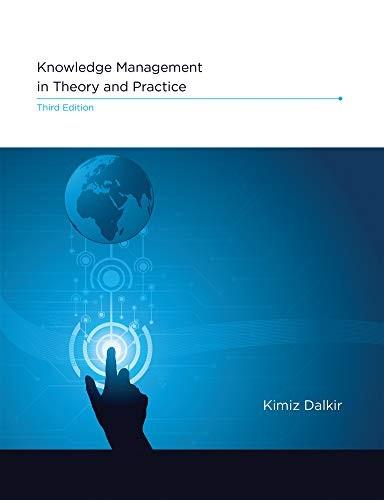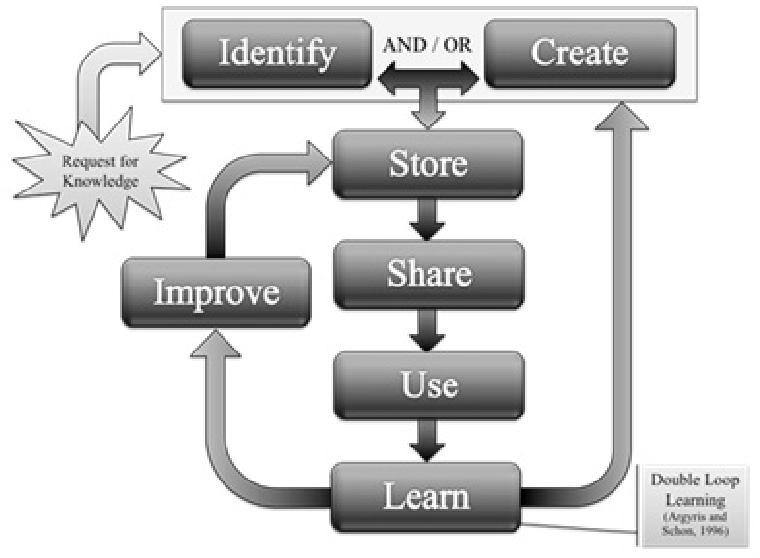Lucidea’s Lens: Knowledge Management Thought Leaders Part 17 – Kimiz Dalkir

Stan Garfield

Kimiz Dalkir is an Associate Professor and Director of the School of Information Studies at McGill University with a Ph.D. in Educational Technology, and an MBA and B.Sc. in Human Genetics. Her research focuses on tacit knowledge sharing and organizational learning. Prior to joining McGill, Kimiz was Global Practice Leader KM for Fujitsu Consulting, and she has worked in the field of knowledge transfer and retention with clients in Europe, Japan and North America.
Her background comprises artificial intelligence, cognitive science, online learning and online job aid systems, information and knowledge management, and organizational learning and memory. Her goals are to contribute to the development of Knowledge Management as an academic discipline; to conduct research on how tacit knowledge can best be identified, organized, shared, used, and stored for future research (particularly in non-profit settings); and to help train future KM researchers and practitioners. Her specialties are information and knowledge management strategy and systems, knowledge taxonomies, and intellectual capital management.
Profiles
Book
Knowledge Management in Theory and Practice, Third Edition

Table of Contents
- Introduction to Knowledge Management
- Knowledge Management Processes
- Knowledge Management Models
- Knowledge Capture and Codification
- Knowledge Sharing
- Finding Knowledge
- Organizational Culture
- Knowledge Management Tools
- Knowledge Management Strategy and Planning
- Evaluating Knowledge Management
- Organizational Learning and Organizational Memory
- Knowledge Continuity Management
- The Knowledge Management Team
- Future Challenges for KM
- KM Resources
Other Content
A Holistic View of the Knowledge Life Cycle: The Knowledge Management Cycle (KMC) Model
The Knowledge Management Cycle (KMC) model advanced in this paper contains seven phases: identify, store, share, use, learn, improve, and create:

1. Identify and/or Create – A knowledge request may be triggered for numerous reasons, some of which include strategic and/or operational problem solving, decision making, knowledge gap analysis, or innovation. When a request for knowledge is made, the searcher must identify if appropriate knowledge exists in-house, or if appropriate knowledge assets need to be created or acquired. This is one of the reasons why these phases are interrelated and grouped together in the KMC model. In some cases, the searcher may find that they will both identify existing appropriate knowledge assets and also have a need to create new knowledge assets.
1.1. Identify – The identify stage involves eliciting codified and encapsulated knowledge assets (e.g., documents in electronic and print format stored in a knowledge repository and/or live demonstrations and observations of artifacts). In addition, this stage identifies subjectively held tacit knowledge through methods such as network analysis or brainstorming sessions. Inevitably, this will be interrelated with the store phase. Along with effectively searching for knowledge assets, the identify stage subsequently involves analyzing and assessing the assets based on specific organizational rules, cultures, and evaluation criteria. Some general metrics include accuracy, currency, credibility, and value to the organization.
1.2. Create – A knowledge request may trigger the need for new knowledge assets to be created if none are found through searching during the identify stage. New knowledge assets may also need to be created if existing knowledge assets only partially satisfy knowledge needs. Some common organizational initiatives that assist in the creation of new knowledge assets include expert interviewing, prototyping, information and workflow analysis, and competence and process mapping. An example of technology that can be used in this phase is idea management software.
2. Store – Once the knowledge has been deemed valuable to the organization, based on the analysis and assessment in the identify and create phases, it is stored as an active component of the organizational memory. This may entail retaining more codified forms of knowledge into corporate portals and encapsulating knowledge artifacts and tools through prototyping. More tacit forms of knowledge may be stored in the form of knowledge audits, maps, models, and taxonomies. Beyond their intrinsic value, knowledge assets must be stored in a structured way that allows them to be efficiently manipulated, retrieved, and eventually shared. Common related activities include tagging, templating, annotating, classifying, archiving, linking, and optimizing search and retrieval.
3. Share – Knowledge assets are retrieved from the organizational memory, to be shared (disseminated/communicated) both internally and externally. The timing and frequency of sharing can be either pre-established (e.g., immediately after the new/updated knowledge asset has been stored – similar to a ‘push’ approach) or in an ad-hoc fashion, based on immediate need (similar to a ‘pull’ approach). The process through which knowledge is shared is important, as employees are seldom aware of its existence, particularly when new knowledge is created and stored. The sharing of more tacit forms of knowledge may be encouraged through coaching, mentoring, and apprenticeships programs as well as through storytelling, narratives, and anecdotes. Some of the more common technologies used to share knowledge assets include communication and collaboration technologies and many current customer relationship, supply chain management, and decision support systems.
4. Use – Once shared, knowledge assets can be activated (put to use) – their value can be extracted and applied throughout the organization, to solve problems, make decisions, improve efficiency, or promote innovative thinking. The technologies employed in these activities include, for example, incident and help desk systems, expert systems, and communication and collaboration technologies.
5. Learn – The knowledge assets that have been shared and used in previous phases can also be used as the foundation for creating new and refining existing knowledge assets. This phase involves deconstructing the knowledge blocks, integrating, connecting, combining, and internalizing knowledge. If knowledge assets are found to be valuable, they proceed to the improve stage in the KMC model, where further refinement and/or codification/encapsulation activities take place. However, if knowledge assets are judged insufficient (or incomplete), the searcher returns to the identify and/or create phase where additional knowledge assets are identified or created based on the gaps found. Some of the more common activities that assist in the learn stage include benchmarking, best practices and lessons learned, and knowledge gap analyses. The technologies employed in these activities include, for example, learning management and help desk systems.
6. Improve – The learning that takes place in the previous phase leads to further refinement of the knowledge assets. New value is either identified or created from them and additions or updates are made to keep them current in the organizational memory and applicable to the organizational context. The knowledge assets are repackaged to be stored or referenced (in the case of more tacit forms) so that their value may be effectively leveraged in the future. In the KMC model, improve is the decision point for knowledge assets to be archived, retired, or transferred outside the organization for further use. Some of the more common activities that assist in the improve stage include after action reviews, reflection time, and adapting lessons learned. Technologies that assist in these activities include, for example, learning management and workflow technologies.

Stan Garfield
Please enjoy Stan’s blog posts offering advice and insights drawn from many years as a KM practitioner. You may also want to download a free copy of his book, Lucidea’s Lens: Special Librarians & Information Specialists; The Five Cs of KM from Lucidea Press, and its precursor, Proven Practices for Implementing a Knowledge Management Program. And learn about Lucidea’s Presto, SydneyEnterprise, and GeniePlus software with unrivaled KM capabilities that enable successful knowledge curation and sharing.
Never miss another post. Subscribe today!
Similar Posts
Only You Can Prevent Knowledge Loss: How to Practice “Knowledge Archaeology”
An overview of ways in which knowledge is lost, with examples of how to perform knowledge archaeology to recover and restore it.
Ready to Read: Profiles in Knowledge: 120 Thought Leaders in Knowledge Management
We are pleased to announce that Stan Garfield’s new book, Profiles in Knowledge: 120 Thought Leaders in Knowledge Management, is now available from Lucidea Press.
Lucidea’s Lens: Knowledge Management Thought Leaders Part 92 – Jay Liebowitz
Jay Liebowitz is a professor, consultant, author, and editor. His research interests include knowledge management, data analytics, intelligent systems, intuition-based decision making, IT management, expert systems, and artificial intelligence.
Lucidea’s Lens: Knowledge Management Thought Leaders Part 91 – Frank Leistner
The late Frank Leistner was the former Chief Knowledge Officer for SAS Global Professional Services, where he founded the knowledge management program and led a wide range of knowledge management initiatives up until 2012.




Leave a Comment
Comments are reviewed and must adhere to our comments policy.
0 Comments